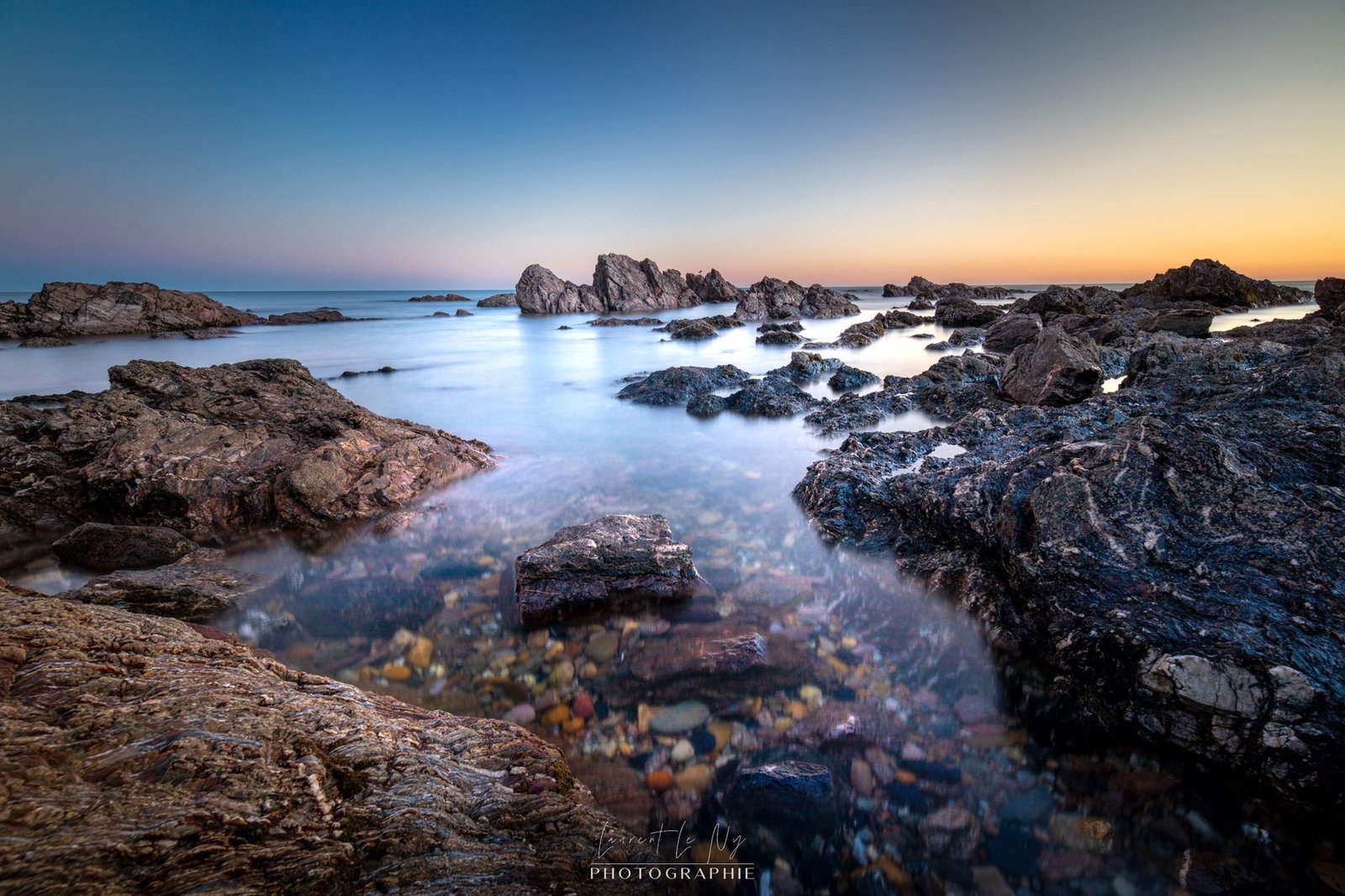The magic of long exposure in landscape photography
Landscape photography is an art form that captures the beauty of nature and allows us to take it home. But did you know that you can add a touch of magic to your photos using the long exposure technique? In this article, we will explore this technique and discover how it can transform your landscape images into real works of art.
Principle
Long exposure consists of leaving the shutter of your camera open for an extended period of time, usually several seconds or even several minutes. This makes it possible to capture the movement of the elements in the scene, such as clouds, water or stars, thus creating an artistic blur effect.
One of the advantages of long exposure is that it can create a feeling of calm and tranquility in your photos. For example, by photographing a waterfall with prolonged exposure, you can obtain a water-spin effect, thus giving an impression of fluidity and softness. Similarly, by photographing a starry sky with a long exposure, you can capture the movement of the stars and create fascinating light trails.
Long exposure can also be used to capture unique light effects. For example, the light trails of cars at night. By placing your camera on a tripod and using extended exposure, you can obtain lines of light that cross the image, creating a dynamic and captivating atmosphere.
Device settings
To succeed in a long pose, you must first adjust your camera. Here are some tips:
- Set your device to manual mode (M) to have full control over the settings.
- Choose a low ISO sensitivity (100-200) to reduce the noise in your image.
- Open your diaphragm at a large aperture (f/8-f/16) to obtain a wide depth of field.
Focusing
Focusing is crucial to obtain a sharp photo in a long pose. Here are some tips:
- Use the manual focus mode (MF) to have full control over the focus.
- Choose a focus point located about a third of the distance between you and the main element of your composition.
- Use Live View mode to zoom in on your subject and check the sharpness of the focus.
Choice of shutter speed
Shutter speed is a key element of long installation. Here are some tips for choosing the right shutter speed based on the ND and GND filters used:
- For soft water blur effects, use a shutter speed between 1 and 5 seconds.
- For more pronounced blur effects, use a shutter speed between 10 and 30 seconds.
- Experiment with different shutter speeds to find the effect that best suits your creative vision.
Use of ND and GND filters
The ND (neutral density) and GND (neutral gradient) filters are essential tools for long exposure in landscape photography. Here’s how to use them:
- ND filters reduce the amount of light entering the device. This allows you to use slower shutter speeds. Choose an ND filter according to the desired exposure duration.
- GND filters are used to balance exposure between the sky and the earth. Place the GND filter on the lens so that the dark part covers the sky.
The necessary equipment
To succeed in landscape photography with this technique, it is important to prepare your equipment well. Here are some tips:
- Use a solid tripod to avoid any movement of the camera during exposure.
- Use a remote trigger or your camera’s self-timer. This will avoid moving the device by pressing the trigger button.
- Choose a low ISO sensitivity to reduce the noise in your photos.
- Use an ND (neutral density) filter to reduce the amount of light that reaches your camera’s sensor. This will allow you to use longer exposure times.
- Use a GND filter is designed to balance exposure between the clear sky and the darker foreground in a landscape scene. It is optional on this subject because it does not act directly on the long pose.
Conclusion
Long exposure in landscape photography is an exciting technique that makes it possible to create unique and artistic images. By following the advice in this article and experimenting with different settings, filters and shutter speeds, you will be able to capture breathtaking landscapes. So, take out your camera, find a beautiful landscape and let your creativity speak!


